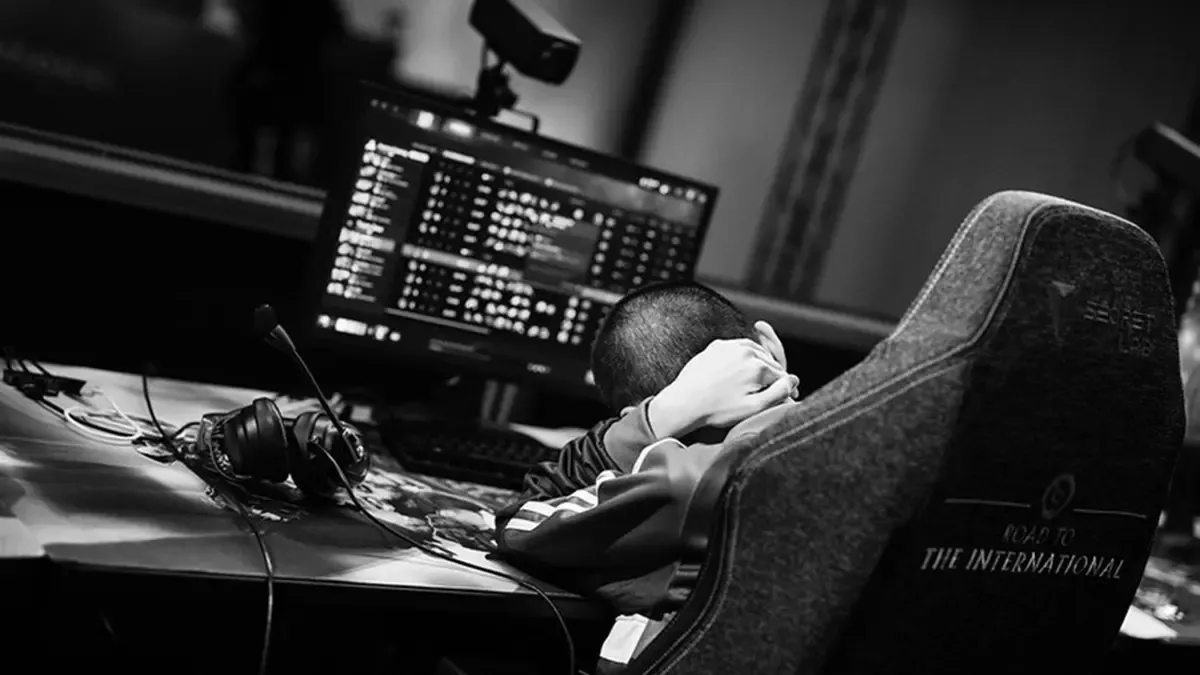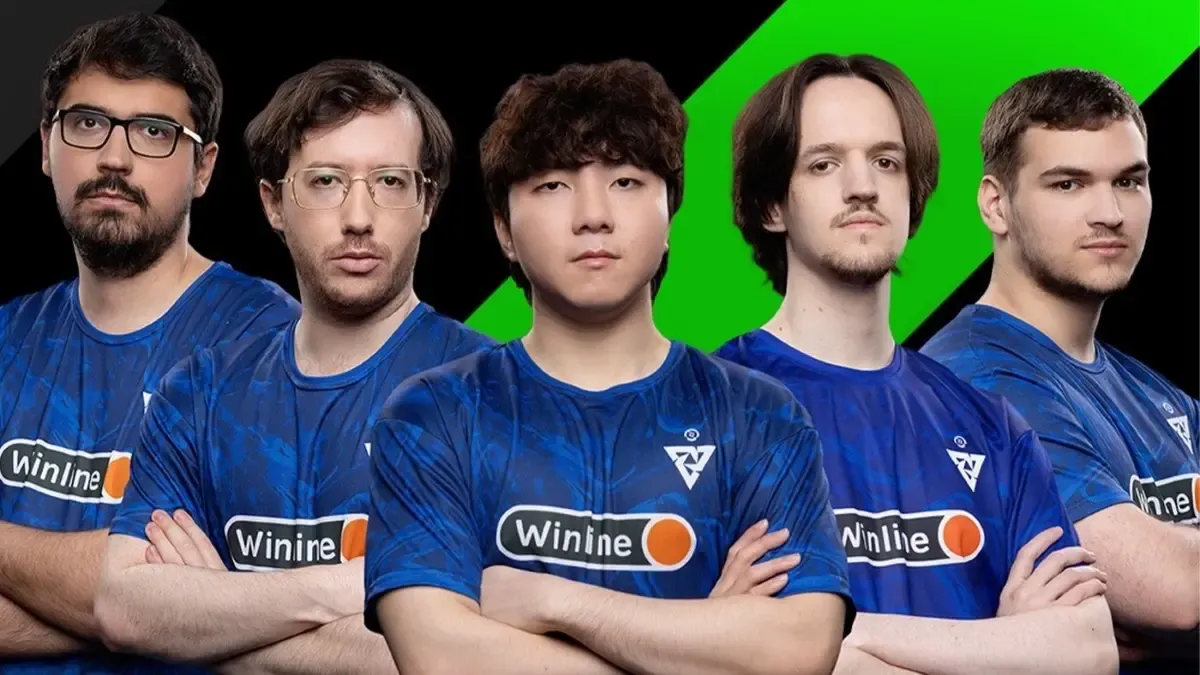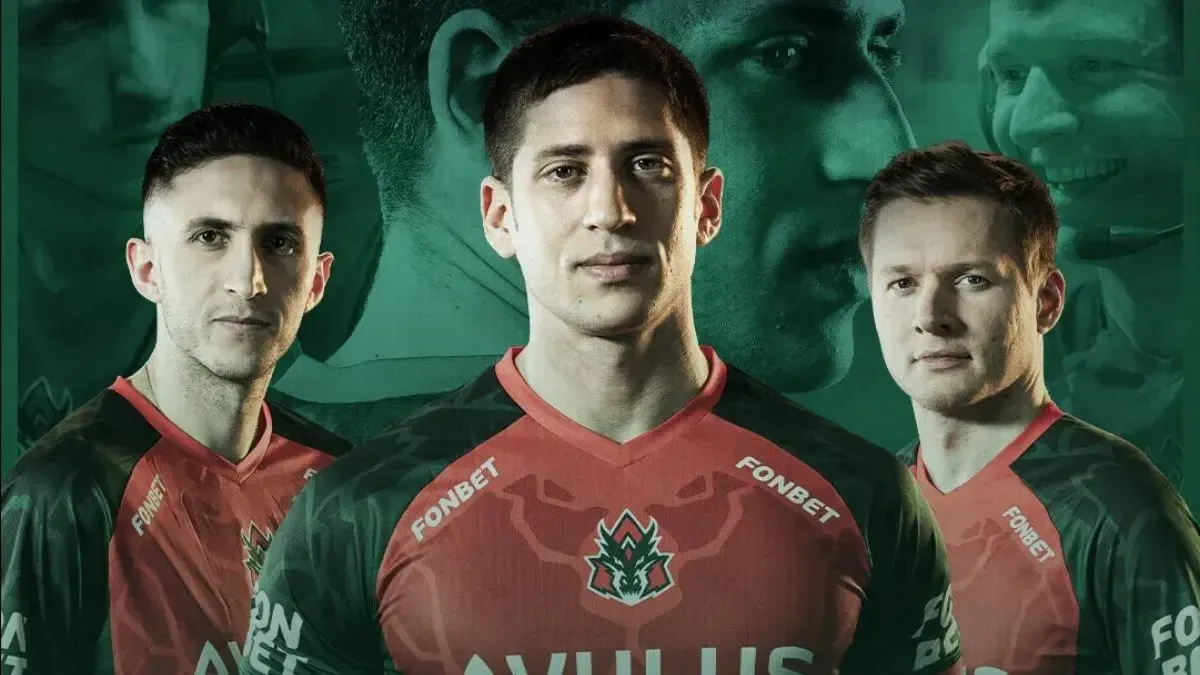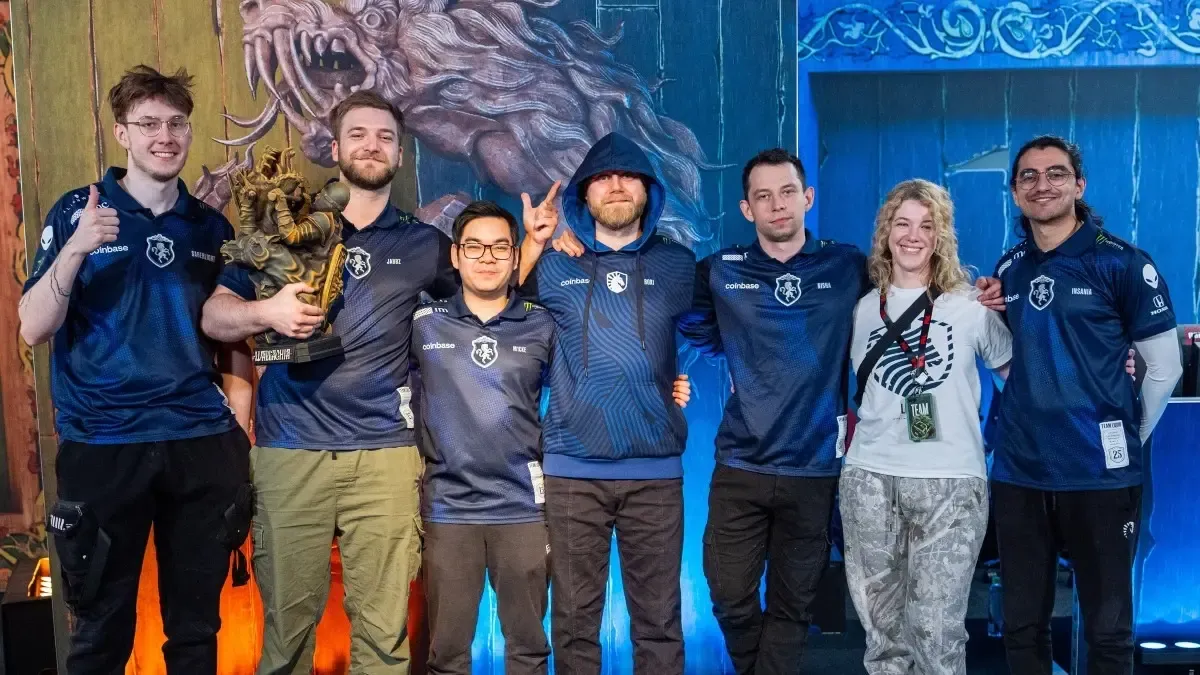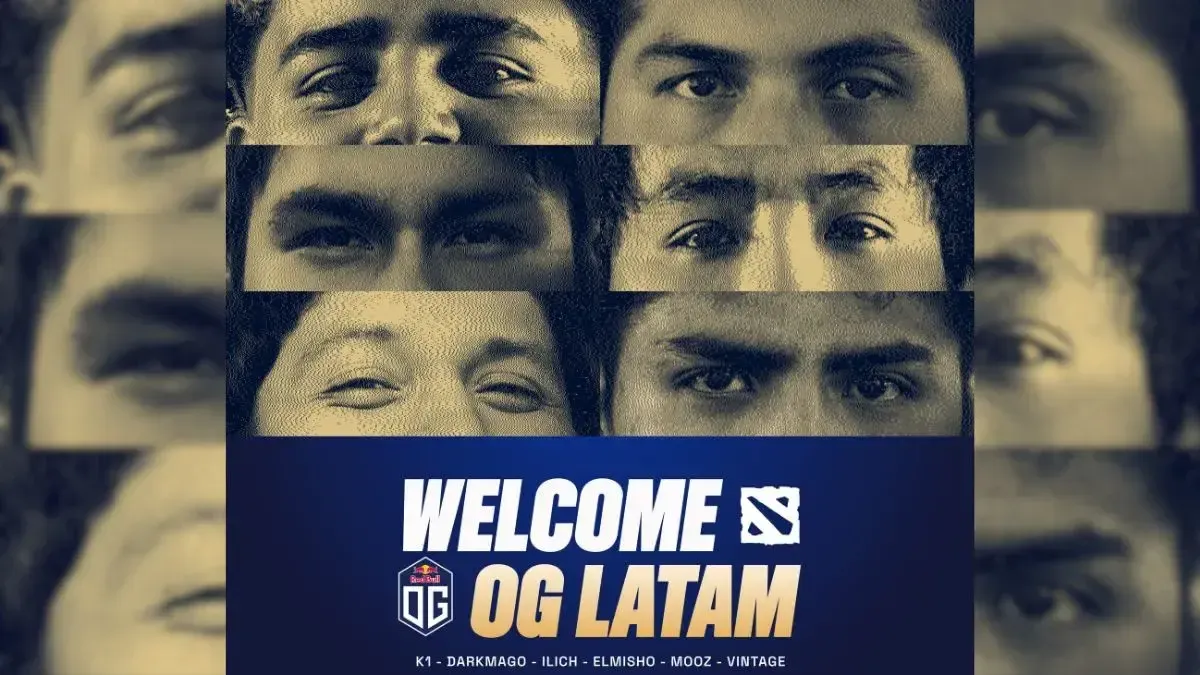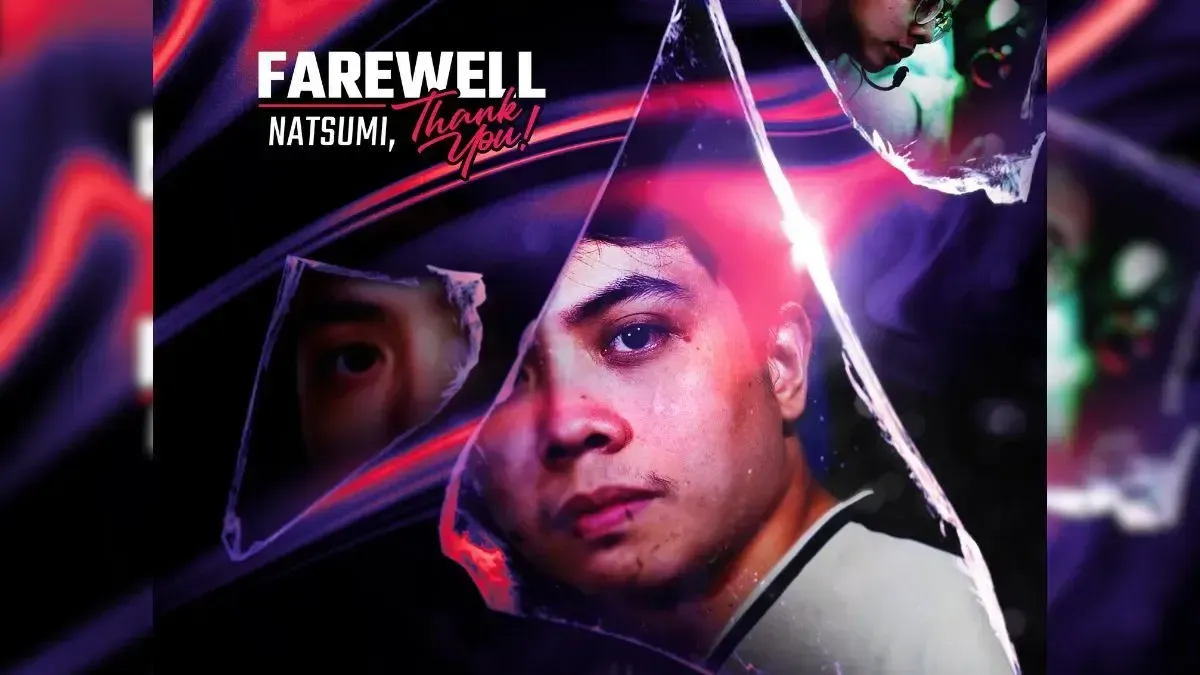In the high-stakes world of Dota 2, a player’s life is a relentless pursuit of excellence, but should it come at a mental health cost?
Title image courtesy of Valve on Flickr
The demand to perform is constant, and with a never-ending tournament schedule, players struggle to find a moment of rest. What began with the Dota Pro Circuit (DPC) as a structured approach to curbing over-competition and preventing burnout has evolved into a taxing cycle of non-stop play a year after the DPC had been laid to rest.
Since TI2024 ended, there has been a steady stream of nonstop events—PGL Wallachia Season 2, BetBoom Dacha Belgrade 2024, and DreamLeague Season 24, followed by ESL One Bangkok qualifiers and then the big LAN event.
The unrelenting schedule raises concerns about fatigue and mental health, which might impact players’ careers and well-being.
Origins and goals of the DPC system
When Valve introduced the Dota Pro Circuit (DPC), it represented a turning point for professional Dota 2.
Started in 2015 with the Major system, it was with the idea to 'demystify' the TI invite process and help grow the Tier 2 scene, the DPC evolved over the years and ultimately dominated the landscape
Before the Majors and DPC, the competitive scene was chaotic: tournaments were abundant, and players never knew which events were truly necessary for securing an invite to The International, Dota’s largest and most prestigious event. Teams felt compelled to participate in as many tournaments as possible, leading to a calendar packed with exhausting back-to-back events.
Valve aimed to structure this landscape. By introducing the Dota 2 Majors and implementing a clear infrastructure consisting of four events to serve as markers, Valve alleviated much of the uncertainty and apprehension regarding participation in The International for teams. The measure aimed to allow teams to make better and more informed decisions regarding their participation in events, by giving them points of reference in their performance and status.
For a time, the system succeeded in this aim; players no longer had to play every tournament and gained control over their schedules, allowing for rest and training time in between.
The 2017-2018 season started with 11 minors and 11 majors but after feedback from the players saying it was too much changes were made – decreasing the number of DPC events from a whopping 22 to only 10. Minor and Majors were then set in pairs and teams could only participate in one event per set. The only exception? The championship team of the Minor would earn a place in the Major.
Evolution to the league system
As part of the DPC’s evolution, for 2021 Valve introduced a regional league format, aiming to provide even more structure to the competition schedule. This league system initially spread out games over six weeks, giving teams fewer matches per week and reducing the pressure of non-stop travel. Teams could focus on league matches, enjoy regular rest days, and prepare more deliberately for each opponent.
However, players felt the six-weeks league time-frame was too much. Rodrigo "LESLÃO" Santos had once told GosuGamers in an exclusive interview at the time:
"The six-week league was a forced, unnecessary thing. I get that they want the games to be spaced out so we can have them all on broadcast without overlapping them, but that was a very trying schedule for all the players.
In the six-week schedule, you just had to be in this tournament grind, scrimming, practicing, and even bootcamping for six weeks straight, and then you barely had any time to reset and get ready for the Major or for the next Tour. It was just non-stop play for the whole year.
It encouraged a lot of the grinders."
So Valve dropped it from six to only three weeks for the 2022-23 DPC Season. The new schedule was a big improvement and something that the professional scene had asked for the previous two years. It hoped to open time windows for third-party tournaments to happen in between each Tour and gave the pro players space to take small breaks between the seasons. However, the league system was detrimental for Tournament Organizers.
A return to non-stop competition
Despite the league system's initial benefits, the Dota 2 competitive scene has shifted once again toward a relentless, packed schedule.
Just one month before The International 12 kicked off, Valve announced that there would be no more Dota Pro Circuit.
Now players find themselves back in the days of constant tournaments, with little time to recover – back to an oversaturation of events at players' mental health cost.
Unlike in the past when TI was considered the end of the season, it seems that it has become just another stop on the Dota 2 events roadmap. There was only a two-week break between the conclusion of The International 2024 and the next big event. PGL Wallachia Season 2 began on October 3rd with almost half the teams having come right out of TI. Merely six days later BetBoom Dacha Belgrade 2024 showcased a multitude of teams coming in hot from Wallachia. Only four of the 12 teams from BetBoom Dacha are not competing in DreamLeague Season 24 which began the very next day. In fact, Tundra and Falcons went head-to-head in the five-game Grand Finals of BetBoom Dacha Belgrade 2024 only to meet up again the very next day in the group stage of DreamLeague.
Player fatigue and mental health impacts
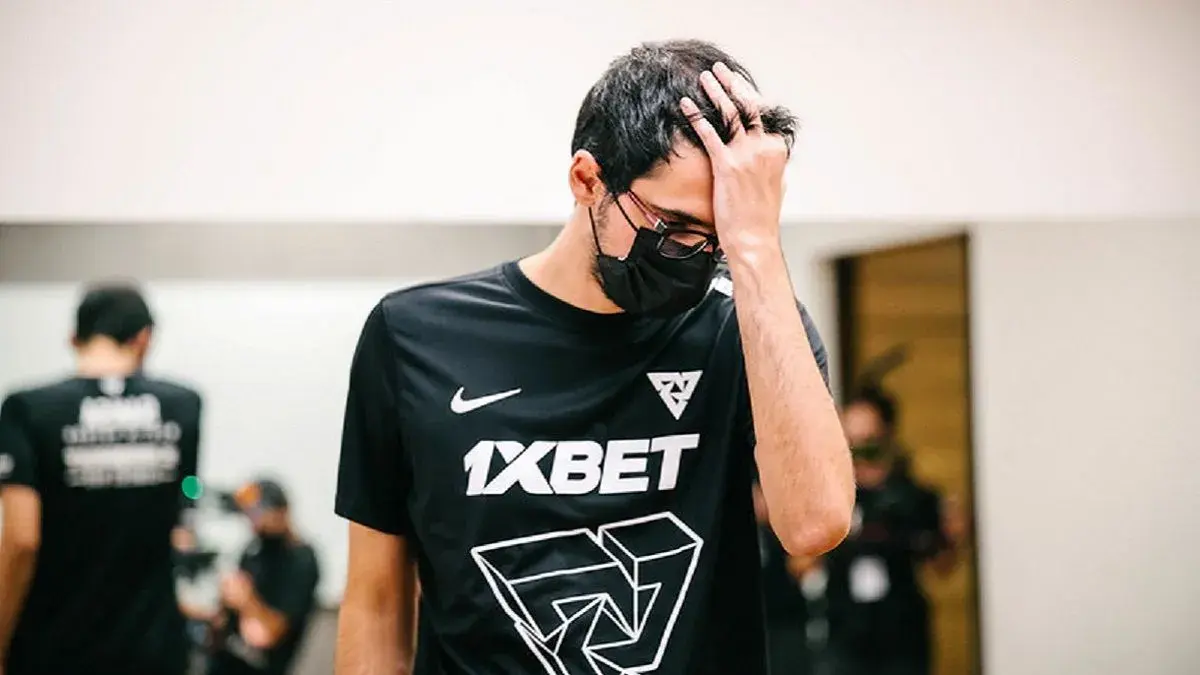
Image courtesy of Tundra on X
The resurgence of a non-stop schedule most certainly can take a serious toll on players. Burnout is no longer a rare topic within the Dota 2 community; instead, it’s an experience many know too well. Players find themselves struggling to manage physical exhaustion, mental strain, and the cumulative stress that affects their performance and health.
This environment should be sparking discussions about mental health more openly than ever. In the not-so-distant past, several players have opted to take breaks mid-season, citing the need to focus on their mental well-being. The demands of competitive play push players to their limits, and without adequate support, many fear the consequences on their long-term health and careers.
The esports community should now be rallying for more sustainable schedules and mental health support systems to prevent players from being burned out too soon.
The need for sustainable solutions
In a game as competitive as Dota 2, the drive to be the best is a constant. But without reasonable scheduling and support, that drive can turn into a cycle of fatigue and mental health challenges that ultimately weaken the scene. Valve’s initial efforts with the DPC gave players a sustainable path, but the recent shift has reignited concerns about burnout.
To build a healthier ecosystem, Valve and organizations must reconsider the current approach to the competitive schedule and tournament structure. Reduced overlap of events, and mental health resources within teams and tournaments could help players find balance, allowing them to play at their best without compromising their well-being.
After all, without healthy players, there is no game worth playing.

